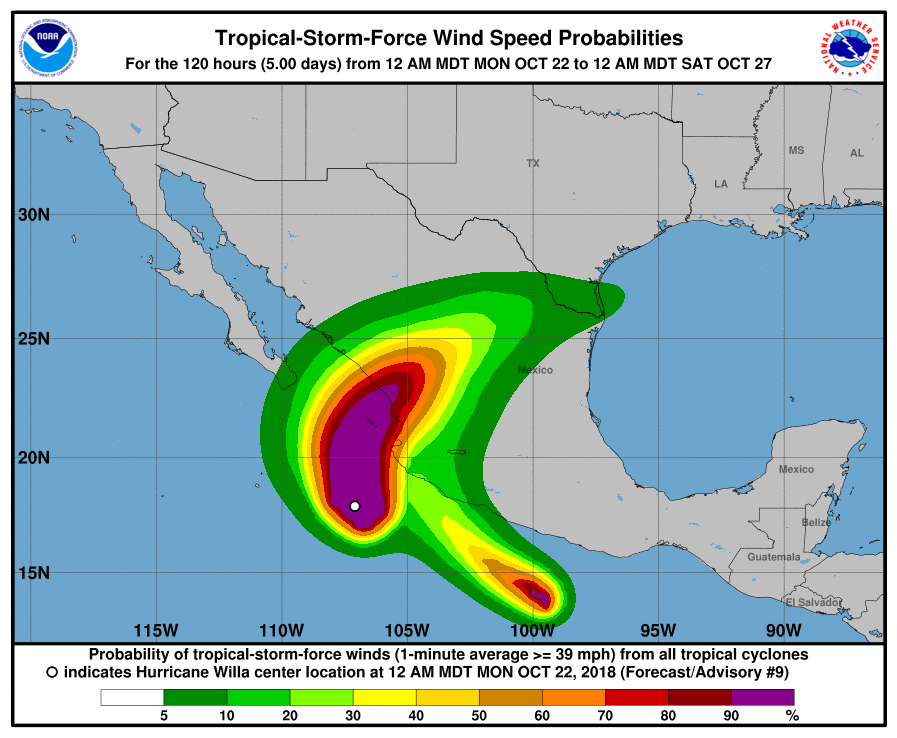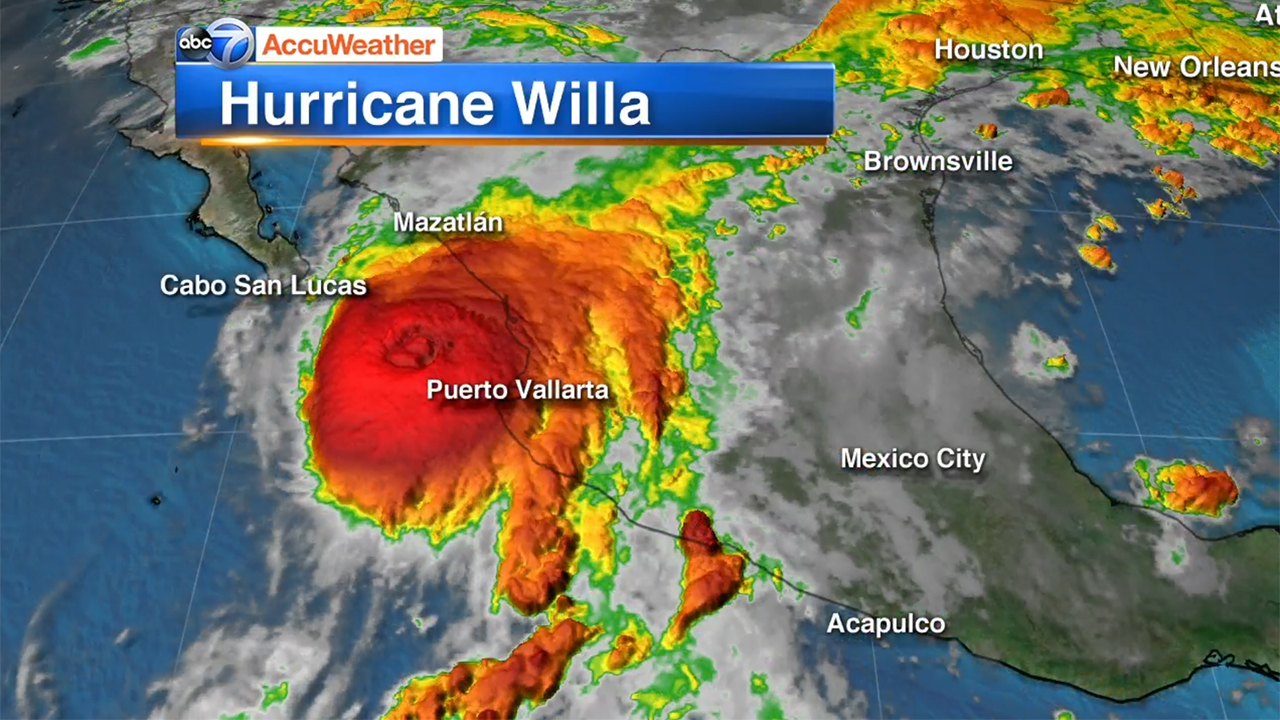


Ventrice noted a general large-scale, long-term pattern has been in place this season that has favored upward motion, leading to more tropical activity in the Pacific Basin and downward motion in parts of the Atlantic Basin, suppressing tropical activity there. (MORE: El Niño's Late Arrival Made Atlantic Hurricane Season Forecasts More Difficult This Season) Mike Ventrice, an atmospheric scientist at The Weather Company, an IBM Business, pointed out in mid-September. While equatorial Pacific water temperatures have yet to reach El Niño criteria, in some sense, the atmosphere is already behaving as if one is in place, Dr. (NOAA/ESRL)Īll other factors equal, warmer water will support more intense tropical cyclones for longer periods of time. The area of persistently warmer-than-average water in the Eastern Pacific Ocean is highlighted by the red box. Sea-surface temperature anomalies from Sept. Hector spent just over a week – 7.75 days – at Category 3 or stronger intensity, according to Klotzbach. The ACE of a season is the sum of the ACE for each storm and takes into account the number, strength and duration of all the tropical storms and hurricanes in the season.įive storms in 2018 – hurricanes Hector, Lane, Norman, Olivia and Sergio – each lasted 10 days or longer as tropical storms or hurricanes, pumping up the 2018 ACE total. Long-lived, intense hurricanes have a high ACE index while short-lived, weak tropical storms have a low value. The previous record was set in 1992 and featured a record 27 named storms and record-tying 16 hurricanes, resulting in an ACE of 295.2. 20, was more than double the average ACE of an entire season (121), according to Klotzbach's statistics. 20 in reliable records dating to 1971, using this ACE index. Phil Klotzbach, the 2018 season was the most-active Eastern Pacific season on record as of Oct. However, using an index called ACE – Accumulated Cyclone Energy – the 2018 season has set a new Eastern Pacific record.Īccording to data compiled by Colorado State University tropical scientist Dr. These numbers aren't near the Eastern Pacific season records for named storms (27), hurricanes (16) or major hurricanes (11). Note: only hurricanes are labeled with their names in order to reduce clutter. Up to 6 inches of rain is possible farther inland across Zacateca, Durango, southeast Chihuahua and Coahuila.ĭangerous flash flooding and landslides could occur because of the heavy rain in those areas.Īfter dissipating over Mexico’s mountainous terrain, the remnant upper-level energy and moisture from Willa could eventually enhance rainfall in Texas and perhaps the northern Gulf Coast Wednesday into Thursday.Season-to-date named storm tracks in the Eastern Pacific Ocean (east of the International Date Line) as of Oct. Locally, up to 18 inches of rain is possible in western Jalisco, western Nayarit and southern Sinaloa in Mexico, according to the National Hurricane Center (NHC). The worst storm surge inundation will occur near and just south of where Willa’s center crosses the coast.

Follow the advice of local officials for any evacuations.

Those in low-lying areas near the coast where Willa is forecast to push inland should seek higher ground due to the threat of dangerous storm surge flooding. Rough surf is beginning to arrive on the southwestern and west-central Mexico coastline, contributing to a high risk of rip currents, the NHC said. Where the core of Willa’s most intense winds roars ashore, there will likely be tree damage, power outages and structural damage. Increasing wind shear will lead to some slight weakening as Willa approaches landfall, but it should still be a strong and dangerous hurricane as it moves inland Tuesday. Tropical storm conditions are expected to develop within the tropical storm warning areas by Monday night or early Tuesday. By Tuesday afternoon, hurricane conditions (74-plus-mph winds) will develop along that same stretch of the coastline. Tropical storm conditions (39- to 73-mph winds) could arrive as early as Tuesday morning in the hurricane warning area. It should approach landfall along the southwestern coast of mainland Mexico on Tuesday, which is expected to occur anywhere from near Mazatlán to the north of Puerto Vallarta. Willa is tracking northward and will turn to the northeast by Tuesday.


 0 kommentar(er)
0 kommentar(er)
